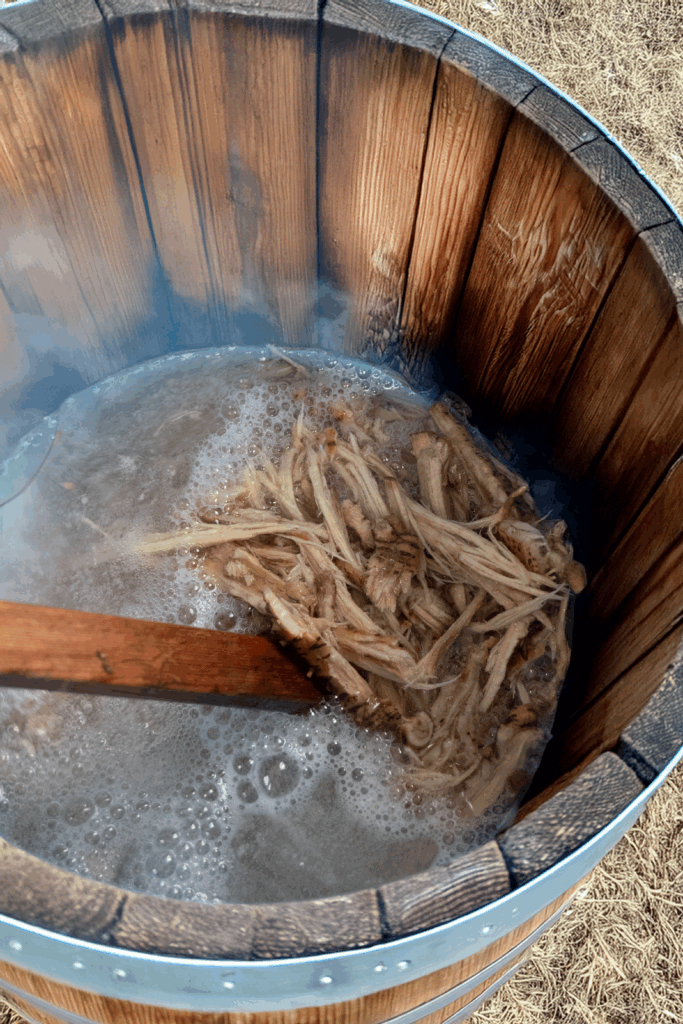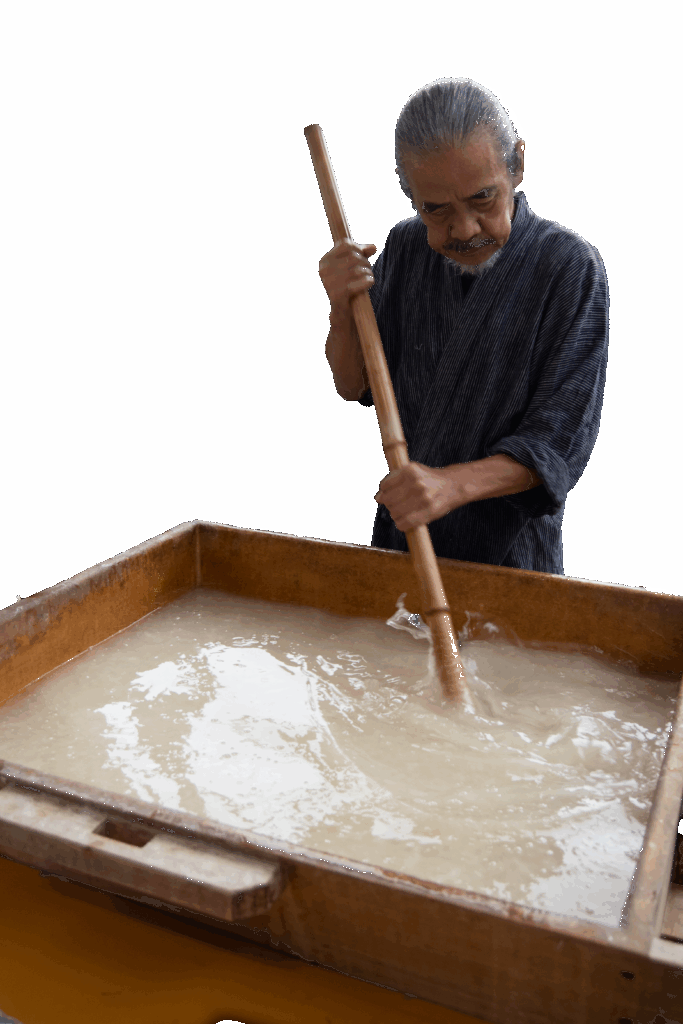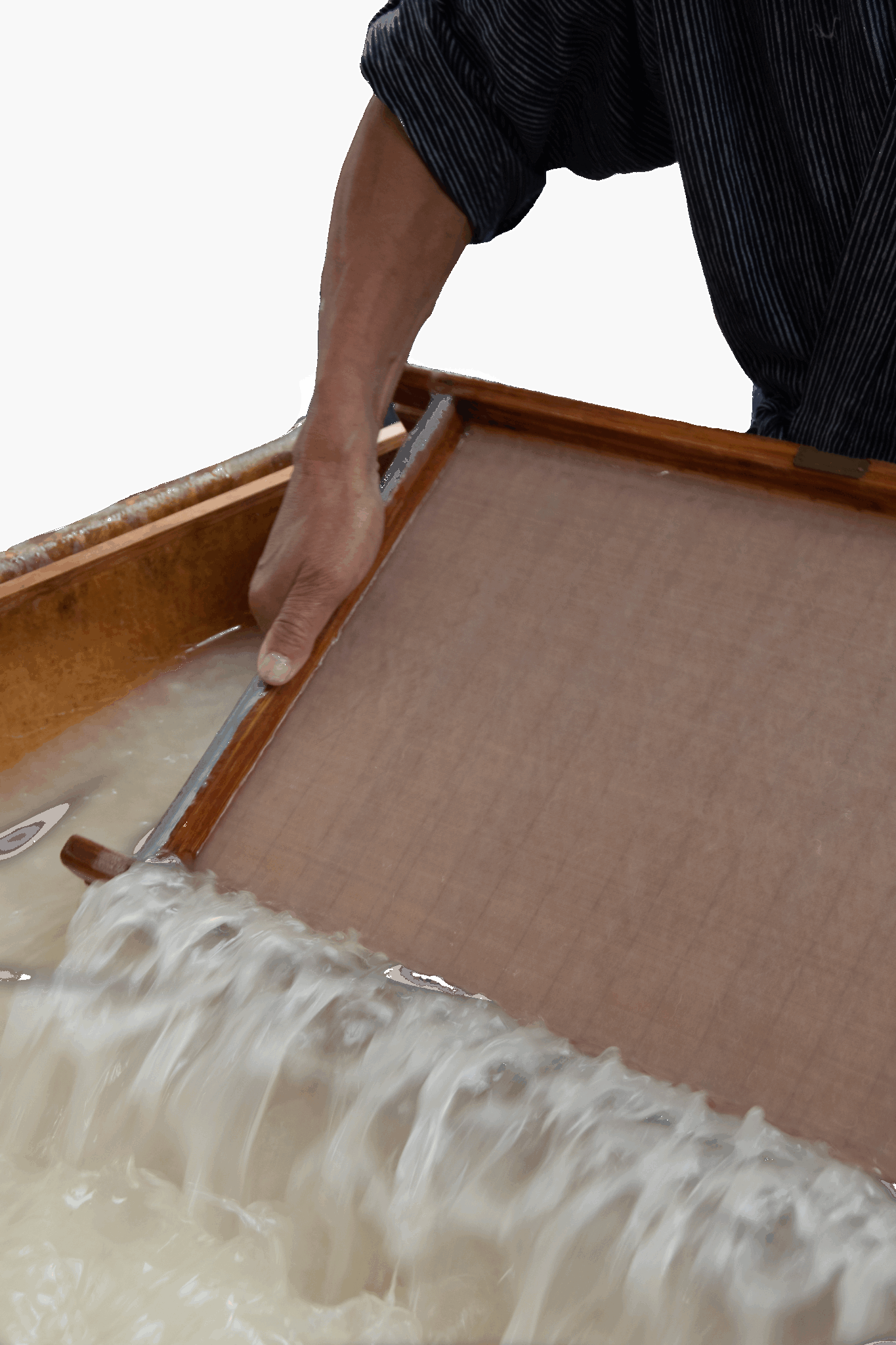AWA KOYORI Series
New spatial beauty woven by light and paper

Since the 1960s, Kyoko Ibe has been exploring the expressive possibilities of washi (Japanese handmade paper), pioneering a new genre of art known as washi sculpture—a field that transcends conventional boundaries. Her creative practice spans a remarkable range: from two-dimensional works, folding screens, and stage sets to large-scale installations, public art, and everyday objects. Celebrated in museums and theaters across Japan and abroad, Ibe has been internationally recognized for redefining the potential of washi in the context of contemporary art.
The AWA brand inherits this spirit of artistic inquiry. Drawing on the delicate texture and structural beauty of Awa washi, it transforms these qualities into lighting pieces that harmonize with modern living. In each creation, tradition and innovation intersect, giving rise to what can be described as “sculptures of light” — luminous forms that enrich both residential and commercial spaces with quiet presence and depth.
Washi
Materials that harbor nature, history, and beauty
Washi is more than just “paper.” It is a crystallization of Japanese culture, nurtured through a close relationship with nature — a material that has endured and evolved across centuries. The washi used in the AWA KOYORI Series traces its origins to Awa washi, a craft tradition with a history of over 1,300 years, bringing poetic warmth and texture to light and space alike.

The unique texture of washi, born from natural materials and centuries of craftsmanship.
Washi is a traditional Japanese paper made by hand from the inner bark fibers of plants such as kozo (paper mulberry), mitsumata, and gampi. It is crafted without the use of chemical agents, preserving the natural texture and individuality of each fiber. Because of this, every sheet has a unique character that deepens in beauty and warmth with use. Unlike modern mass-produced pulp paper, washi is thin yet remarkably strong and highly durable.
Environmentally friendly, recyclable materials
The manufacturing process itself of washi is environmentally friendly and suitable for a sustainable future. It is an organic material that returns to nature even after disposal because it is made from natural materials as they are and no chemicals are used in its production. In addition, used washi can be re-fibered and re-stitched, making it suitable for recycling and upcycling. Artist Kyoko Ibe has created many works that give new life to paper that was originally intended to be discarded, such as old documents and village records. Washi is more than just a material; it is transformed by the hands of the artist into “paper that speaks of the memories of time.


The beauty of paper that continues to live on
One of the most captivating qualities of washi lies in its gentle translucency and the graceful aging of its surface over time.
The lighting pieces of the AWA KOYORI Series are designed to embody these traits — to grow in beauty as they live alongside you.
When light passes through washi, the delicate shadows of its fibers create a sense of depth and calm within a space. It feels as if the paper itself is breathing—quietly enriching the atmosphere of daily life.
AWA-Washi
AWA's Washi paper for lighting
Awa Washi is a traditional handmade paper produced in Tokushima Prefecture, Japan, where the craft has been passed down for over 1,300 years. Its origins trace back to the 8th century, when the Awa Inbe clan cultivated hemp and kozo to make paper. By the Heian period (794–1185), Awa Washi was highly valued for its quality and was even presented as a tribute to the Emperor.
In the Edo period (1603-1867), Hachisuka Iemasa, who ruled the Tokushima domain in 1585, encouraged the cultivation of kozo (paper mulberry) and strongly promoted the development of the washi industry. Furthermore, during the Kyoho period (1716-1736) at the beginning of the 18th century, a monopoly system was introduced as part of the clan's protection policy, and Awa washi grew to become a nationally known brand.
Awa Washi is notable for its outstanding durability and soft texture. Despite being extremely thin and lightweight, it is water-resistant, tear-resistant, and can be preserved for hundreds of years. In fact, 1,300-year-old washi is still in good condition in the historical treasure house known as Shosoin in Nara.
This remarkable strength is made possible by using the long and resilient fibers of plants such as kozo (mulberry), mitsumata, and gampi. Each sheet is carefully hand-crafted using traditional papermaking techniques — without any chemical agents — allowing the natural fibers to intertwine in complex, organic patterns. Through this process, washi attains its extraordinary combination of suppleness and durability, remaining beautifully intact for generations.

Spaces created by AWA's lighting
AWA KOYORI Series lighting exists as if it speaks to the “blank space” of a space. The light emitted through the high transparency of Japanese paper is gentle on the eyes and creates a soft gradation on walls and ceilings. The quiet, poetic atmosphere of the AWA KOYORI Series is beautifully integrated into both contemporary interiors and traditional Japanese spaces, creating a wide variety of expressions depending on where the light is placed.
The space becomes not just a brightness, but an “experience of light” that works on memories and emotions; AWA is not just a lighting fixture, but a poetic presence that connects space and people, quietly changing the atmosphere of the place.